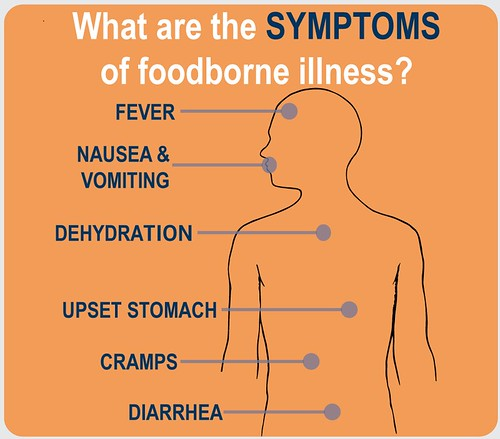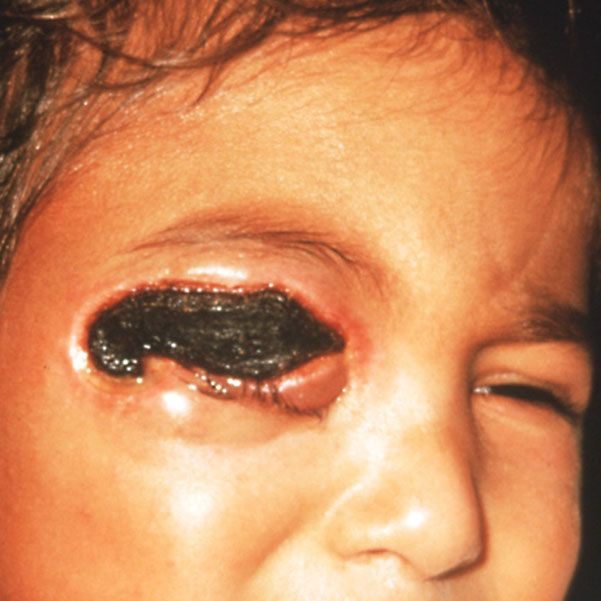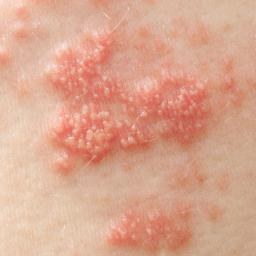WHAT IS BACILLUS?
Bacillus encompasses both obligate and facultative types of bacterial species. They include free living or pathogenic strains. Ubiquitous in habit and having a large-sized genome, various species of Bacillus are commercially used for enzyme production and genetic researches.
Some types of Bacillus bacteria are harmful to humans, plants, or other organisms. For example, B. cereus sometimes causes spoilage in canned foods and food poisoning of short duration. B. subtilis is a common contaminant of laboratory cultures (it plagued Louis Pasteur in many of his experiments) and is often found on human skin. Most strains of Bacillus are not pathogenic for humans but may, as soil organisms, infect humans incidentally. A notable exception is B. anthracis, which causes anthrax in humans and domestic animals. B. thuringiensis produces a toxin (Bt toxin) that causes disease in insects.

COMMON SYMPTOMS OF BACILLUS

1. Bacillus Cereus: Foodborne illness
Bacillus cereus is a toxin-producing bacteria that is one of the most common causes of food poisoning, also called “fried rice syndrome.”
Common symptoms:
- Diarrheal with abdominal cramps – The first type of toxin is released in the small intestine after the bacteria are ingested, and causes diarrhea, cramps and occasionally nausea but rarely vomiting.
- Emetic – The second type of toxin is released by the bacteria in the food before it’s consumed. Starchy foods, are the most common sources of food affected.


2. Bacillus Anthracis
Anthrax is a life-threatening infectious disease caused by Bacillus anthracis that normally affects animals, especially ruminants (such as goats, cattle, sheep, and horses). Anthrax can be transmitted to humans by contact with infected animals or their products. In recent years, anthrax has received a great deal of attention as it has become clear that the infection can also be spread by a bioterrorist attack or by biological warfare.
The most common is infection through the skin, which causes an ugly, dark sore. The most deadly form is inhalation anthrax. If the spores of anthrax are inhaled, they migrate to lymph glands in the chest where they proliferate, spread, and produce toxins that often cause death.
Common symptoms:
- Nausea
- Loss of appetite
- Fever
- Swelling in the neck
- Bloody diarrhea severe abdominal pain


2. Bacillus Thuringiensis
Bacillus Thuringiensis is a microbe naturally found in soil. It makes proteins that are toxic to immature insects (larvae). There are many types of B.Thuringiensis. Each targets different insect groups. Target insects include beetles, mosquitoes, black flies, caterpillars, and moths.
With B.Thuringiensis pesticides, routine testing is required to ensure that unwanted toxins and microbes are not present. Bt has been registered for use in pesticides by the US Environmental Protection Agency (EPA) since 1961.
Common Symptoms:
- Skin and eye irritation
References:
- Perez, J.; Bond, C.; Buhl, K.; Stone, D. 2015. Bacillus thuringiensis (Bt) General Fact Sheet; National Pesticide Information Center, Oregon State University Extension Services. http://npic.orst.edu/factsheets/btgen.html.
- Gilbert, R.J. 1979. Bacillus cereus. pp. 495–514. In H. Riemann and F.L. Bryan (eds). Food-borne
Infections and Intoxications, 2nd ed, Academic Press, New York, NY. - Griffiths, M.W. and Schraft, H. 2002. Bacillus cereus food poisoning. pp. 261–270. In Cliver, D.O.
and Riemann, H.P. (eds.). Foodborne Diseases, 2nd ed, Academic Press, New York, NY. - Schraft, H. and Griffiths, M.W. 2006. Bacillus cereus gastroenteritis. pp. 561–582. In H. Riemann
and D.O. Cliver (eds). Foodborne Infections and Intoxications, 3rd ed, Academic Press, New York,
NY. - Wijnands, L.M., Dufrenne, J.B., Zwietering, M.H., van Leusden, F.M. 2006. Spores from
mesophilic Bacillus cereus strains germinate better and grow faster in simulated gastro-intestinal
conditions than spores from psychrotrophic strains, International Journal of Food Microbiology
112 120–128
